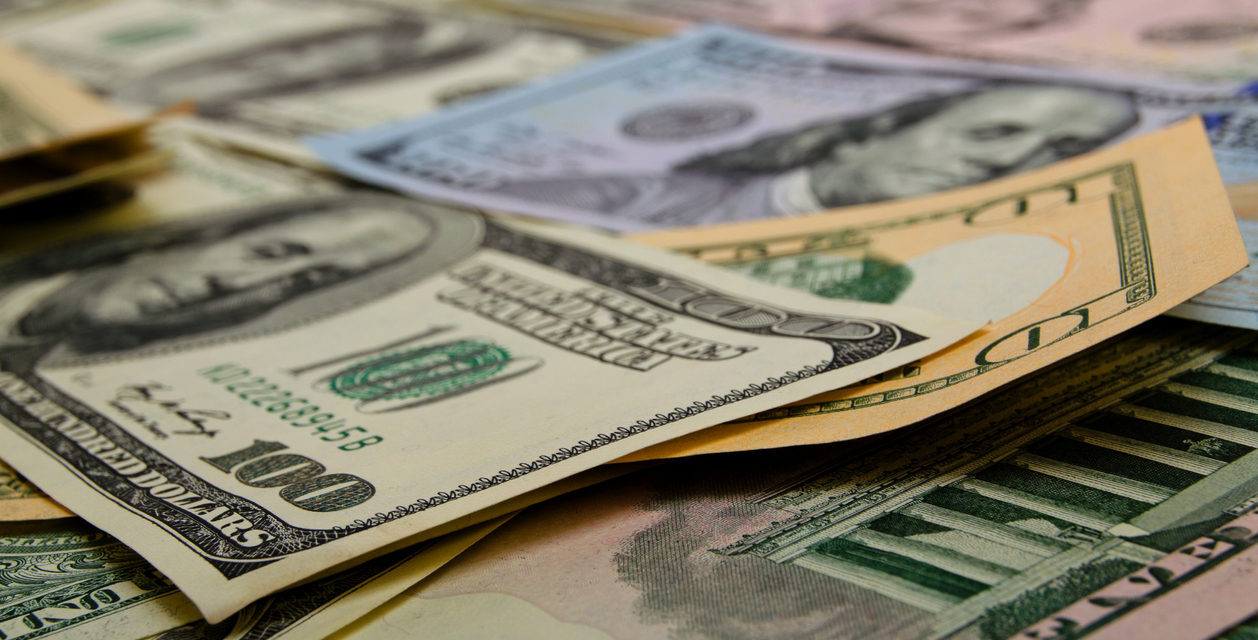
“Someone’s sitting in the shade today because someone planted a tree a long time ago.”
— Warren Buffett
The Warren Buffett investment philosophy calls for a long-term investment horizon, where a two-decade holding period, or even longer, would fit right into the strategy. How would such a strategy have worked out for an investment into Arconic Inc (NYSE: ARNC)? Today, we examine the outcome of a two-decade investment into the stock back in 1999.
| Start date: | 03/15/1999 |
|
|||
| End date: | 03/14/2019 | ||||
| Start price/share: | $28.30 | ||||
| End price/share: | $18.95 | ||||
| Starting shares: | 353.36 | ||||
| Ending shares: | 492.33 | ||||
| Dividends reinvested/share: | $6.28 | ||||
| Total return: | -6.70% | ||||
| Average annual return: | -0.35% | ||||
| Starting investment: | $10,000.00 | ||||
| Ending investment: | $9,322.52 | ||||
As we can see, the two-decade investment result worked out poorly, with an annualized rate of return of -0.35%. This would have turned a $10K investment made 20 years ago into $9,322.52 today (as of 03/14/2019). On a total return basis, that’s a result of -6.70% (something to think about: how might ARNC shares perform over the next 20 years?). [These numbers were computed with the Dividend Channel DRIP Returns Calculator.]
Notice that Arconic Inc paid investors a total of $6.28/share in dividends over the 20 holding period, marking a second component of the total return beyond share price change alone. Much like watering a tree, reinvesting dividends can help an investment to grow over time — for the above calculations we assume dividend reinvestment (and for this exercise the closing price on ex-date is used for the reinvestment of a given dividend).
Based upon the most recent annualized dividend rate of .08/share, we calculate that ARNC has a current yield of approximately 0.42%. Another interesting datapoint we can examine is ‘yield on cost’ — in other words, we can express the current annualized dividend of .08 against the original $28.30/share purchase price. This works out to a yield on cost of 1.48%.
One more piece of investment wisdom to leave you with:
“Smart investing doesn’t consist of buying good assets but of buying assets well. This is a very, very important distinction that very, very few people understand.” — Howard Marks





